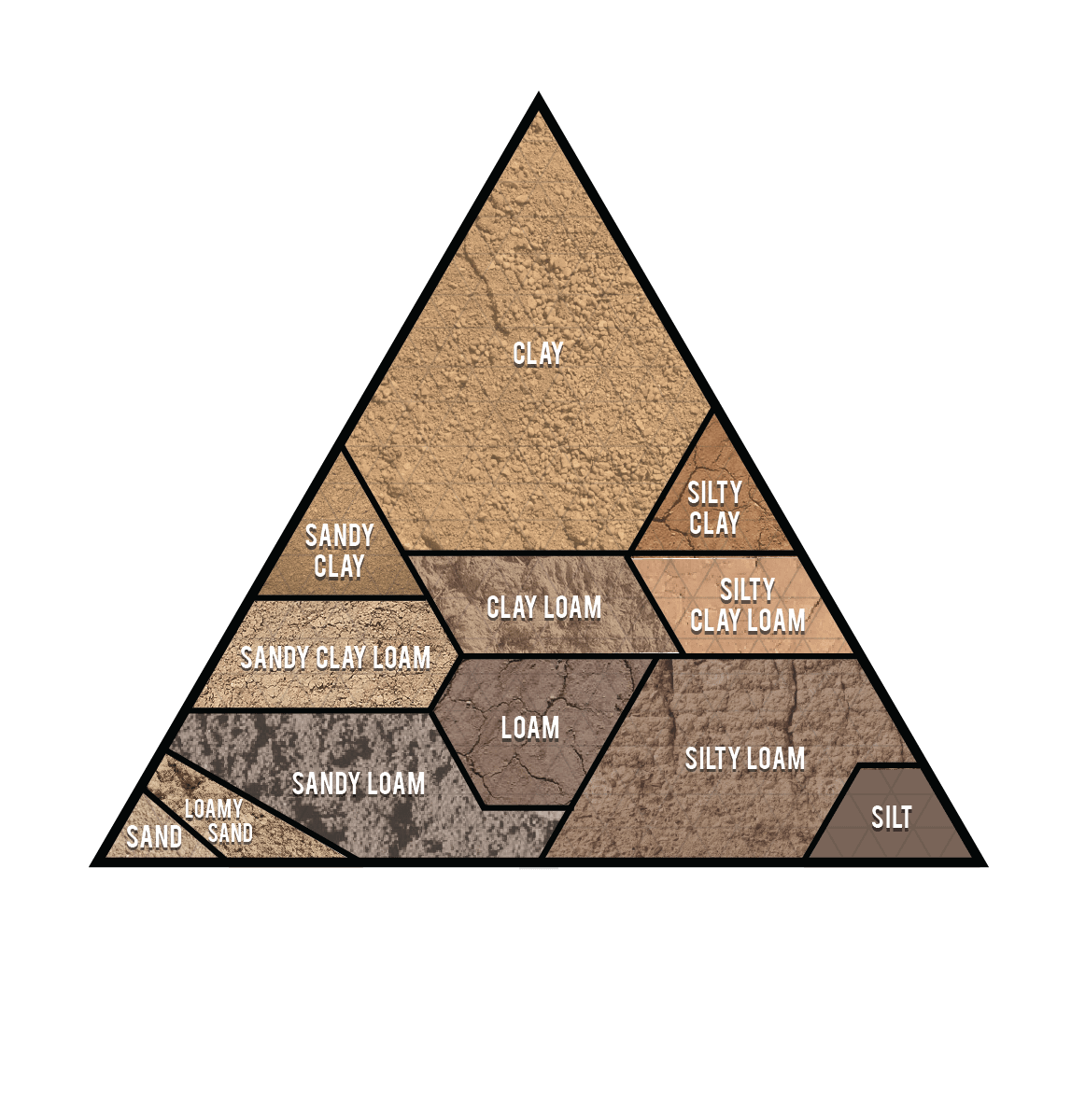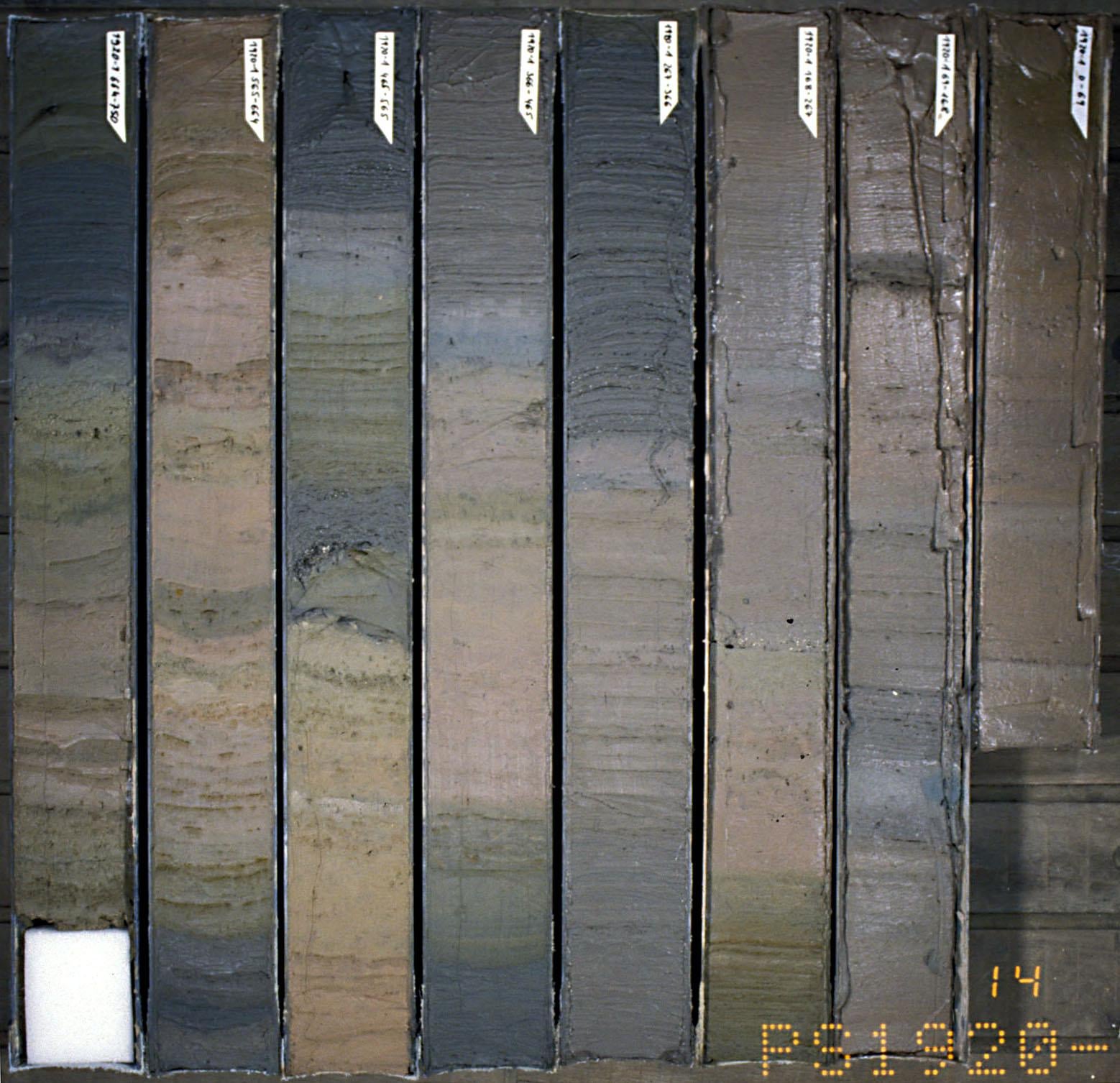cross-posted from: https://slrpnk.net/post/2639190
ABSTRACT
Land reclamation following surface mining in the Athabasca oils sands region will be extensive, with various challenges specific to local reclamation cover soils. The high economic costs associated with pre-disturbance soil salvage and placement in reclamation necessitates judicious management and application of salvaged cover soils. Soil microbial community activity and bioavailable nutrient supply are largely overlooked in reclamation analyses despite their potential in providing a sensitive measurement of ecosystem function. This study evaluates these parameters by comparing two continuous cover soils, a coarse-textured forest floor mineral mix (FFM) and an organic matter-rich peat soil (PM) at Syncrude Canada's Aurora Soil Capping Study. Shallow (10 cm) and Deep (20–30 cm) placement depths of FFM and PM were compared to a control receiving no cover soil and a harvested jack pine site as a reference. Soil function was assessed by measuring bioavailable nutrient supply rates, soil respiration, phospholipid fatty acid analysis (PLFA), and community level physiological profiles (CLPP). Non-metric multidimensional scaling (NMS) was used to quantify functional similarity with reference conditions. NMS revealed the greatest similarity between FFM and the reference site for bioavailable nutrient supply, PLFA, and CLPP. Deep FFM application shared greatest PLFA similarity to the reference site, while Shallow FFM was more similar in CLPP. Shallow PM was more similar to reference conditions than Deep for all parameters measured, suggesting that shallow cover soil applications might be sufficient for the reclamation target. Soil respiration rates were greatest in FFM, followed by the reference site and PM treatments, with no difference attributable to placement depth. PM had greater nitrogen and sulfur availability, but was lower in phosphorus and potassium when compared to FFM and the reference site. Ecosystem function was more similar in cover soils that mimicked the reference site conditions as much as possible, which in this case meant shallow placement and material salvaged from upland forests

